Lab-grown diamonds explained: What is a lab-grown diamond?
Lab-grown diamonds, also known as man-made diamonds, are surging in popularity; they have long been part of our jewellery range here at Angelic Diamonds.
However, some people are still unsure about whether a lab diamond is right for them. In most cases, this is due to people simply not knowing enough about them. In this guide, we answer the most popular questions about lab-grown diamonds, busting some of the most popular myths along the way.
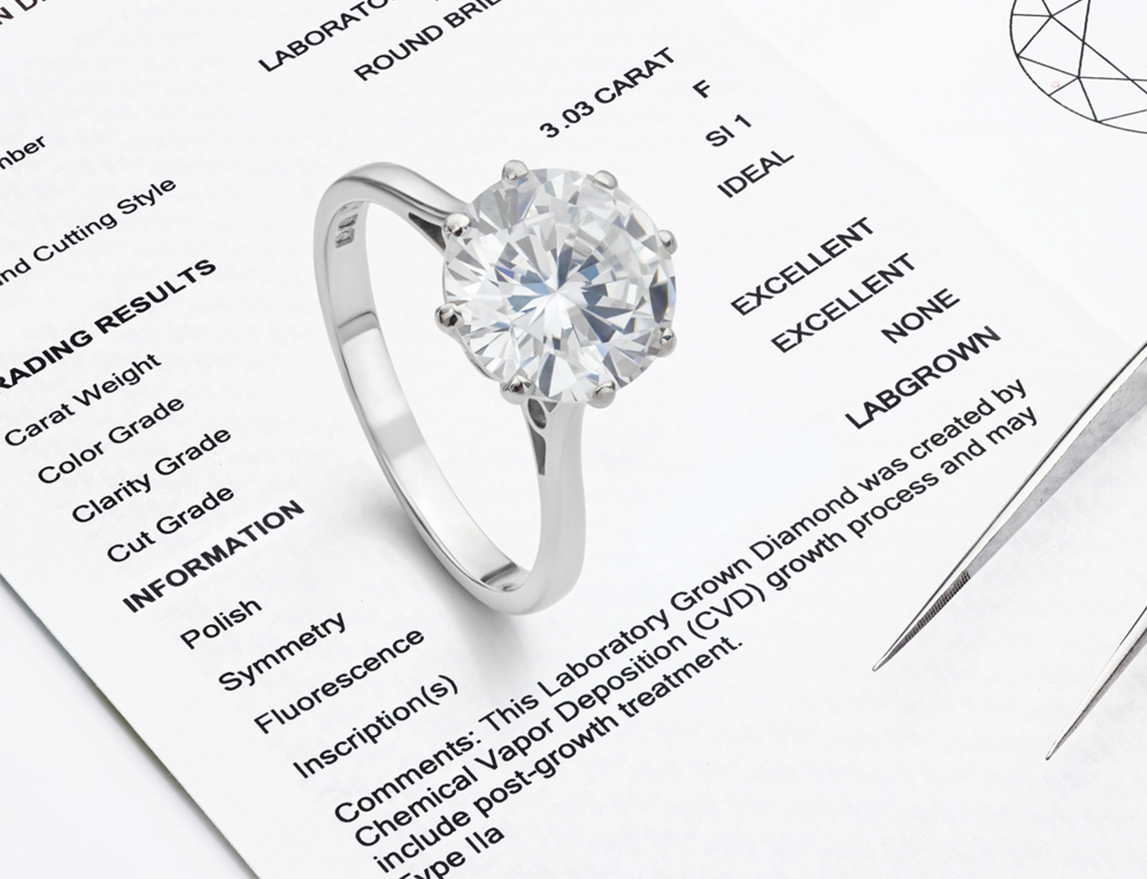
What is a lab-grown diamond?
As the name suggests, lab-grown diamonds are grown within a laboratory. Conditions are created to mimic the conditions under which natural diamonds are formed.
Man-made diamonds start out as tiny carbon seeds. Extreme heat and intense pressure are then applied to the seed using advanced technological equipment and over time, a rough diamond is formed.
The rough diamond is cut and polished according to your specifications, before inserting it securely into the setting of your choice, such as in an engagement ring, wedding ring or another of our many jewellery options.
How are lab-grown diamonds made?
We know that man-made diamonds are created by mimicking the conditions needed for a natural diamond to form. There are two main ways of doing this: high pressure, high temperature (HPHT) and chemical vapour deposition (CVD).
With HPHT, a carbon seed is placed within a growth cell which is then put into the centre of a cubic press. It is heated to around 1,500° and placed under around 1 million PSI of pressure to form the carbon into a diamond. Although effective, this process isn’t currently the most common way of creating a lab-grown diamond.
Using the CVD process, the carbon seed is placed into a vacuum chamber with carbon material and gases such as methane. The mix is heated to 700° to 900° to separate the atoms and allow crystals to form on the initial diamond seed. These crystals build until the rough diamond is formed.
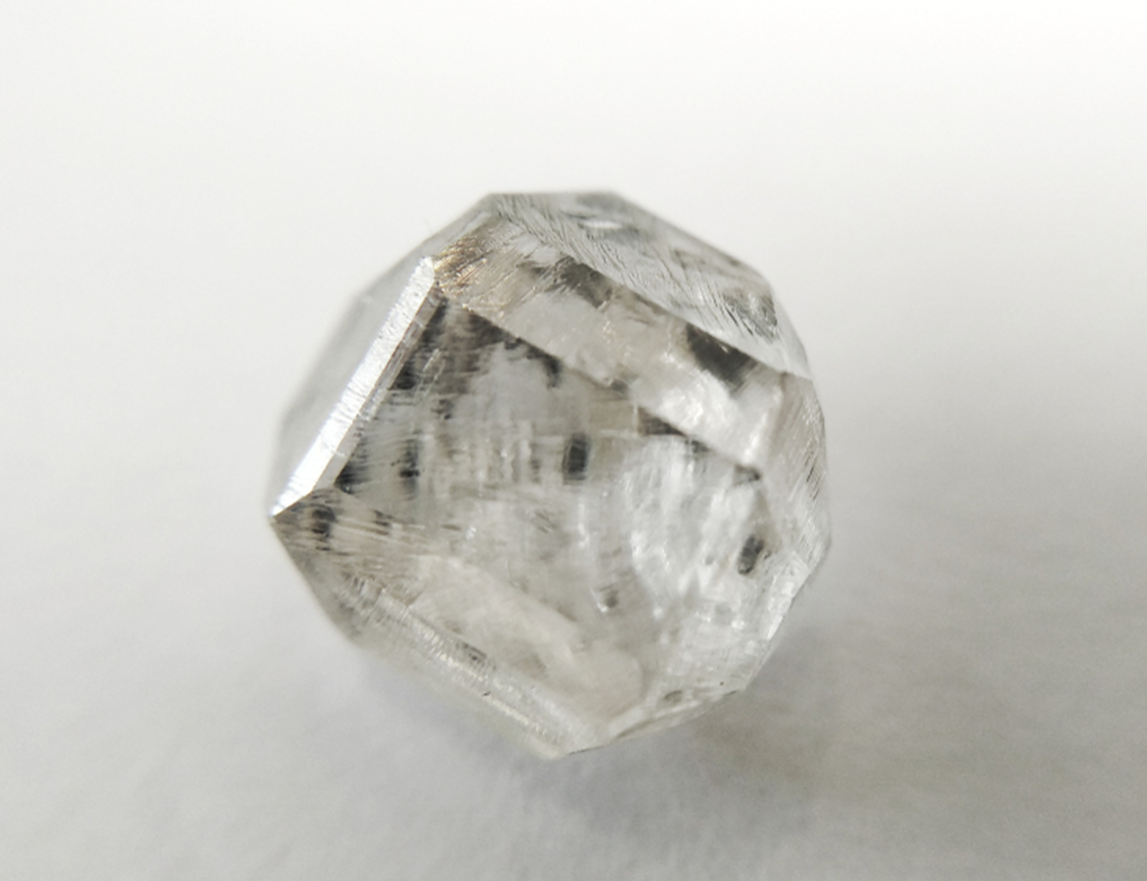
A rough lab-grown diamond.
Are lab-grown diamonds real diamonds?
Yes, lab-grown diamonds are real diamonds. Manmade diamonds are made from the same carbon seeds from which natural diamonds are born. The only difference is where they are formed.
Both types of diamonds have the exact same chemical and optical properties. They also both adhere to the 4Cs: cut, clarity, colour and carat.
Advantages and disadvantages of lab-grown diamonds
If you’re weighing up your options between a natural and lab-grown diamond, you may be wondering what the advantages and disadvantages are. The table below explains the pros and cons of manmade diamonds.
| Advantages of Lab-Grown Diamonds | Disadvantages of Lab-Grown Diamonds |
| More affordable than a natural diamond | Often mistakenly considered to not be a ‘real’ diamond |
| Has the same chemical structure and properties as a natural diamond | Uses a significant amount of energy to produce |
| Has a clear supply chain and is conflict-free | |
| Reduces the need for diamond mining which can harm the environment |
How are lab-grown diamonds different from cubic zirconia & moissanite?
Because lab-grown diamonds are manmade, many people mistake them for being the same as moissanite or cubic zirconia. This couldn’t be further from the truth.
Lab-grown diamonds vs. cubic zirconia
It is wrong to confuse a lab-grown diamond with cubic zirconia, as they’re actually very different. A lab-grown diamond is a real diamond with the same carbon structure. In contrast, cubic zirconia doesn’t contain any carbon; its structure is zirconium oxide.
In fact, the properties of cubic zirconia are entirely different from that of a diamond, natural or lab-grown. Cubic zirconia isn’t as hard as a diamond, and its dispersion and refractive index ratings also differ.
Over time, cubic zirconia is more likely to scratch, fade and change colour over time, unlike lab-grown diamonds.
Lab diamonds vs. moissanite
Because lab diamonds are created under laboratory conditions, some people assume they are similar to moissanite. The naturally occurring crystal moissanite is rare to find and most moissanite today is man-made. While it’s easy to see where this association has come from, moissanite is very different from a diamond.
The table below shows the key differences between lab-grown diamonds (and diamonds more generally) and moissanite.
| Lab-Grown Diamonds | Moissanite | |
| Hardness | 10 on Mohs Scale of Hardness | 9.25 on Mohs Scale of Hardness |
| Reflection | White light reflection | Rainbow-like reflection |
| Colour | Typically colourless, but can vary based on colour rating | Usually has a yellow or green tint |
| Price | Pricey, but more affordable than natural diamonds | More affordable than diamonds |
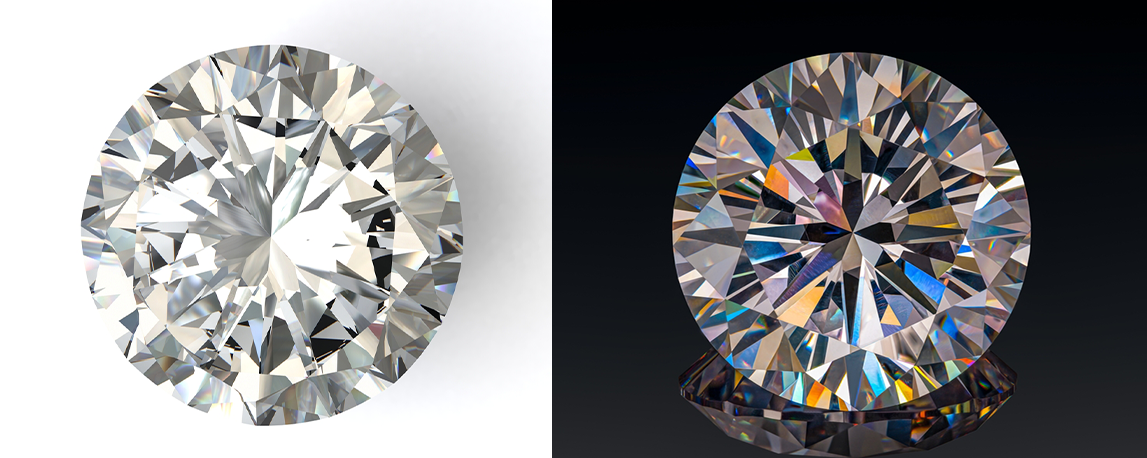
Left: a diamond’s white light reflection vs. right: moissanite’s rainbow reflection.
Overall, moissanite is used as a diamond substitute to reduce the cost of jewellery. Often labelled a ‘fake diamond’, the quality and appearance of this type of stone is less than that of a diamond.
Are lab-grown diamonds as strong as natural diamonds?
Lab-grown diamonds are chemically identical to natural diamonds, so they’re equally strong, hard and durable. As they’re chemically identical, they both score a 10 on the Mohs scale of hardness. Either type of diamond is guaranteed to stand the test of time.
What do lab-grown diamonds look like?
Lab-grown diamonds and natural diamonds look identical. They share the same sparkle, brilliance, colour, cut and clarity. If you’re concerned people will be able to tell you’re wearing a lab-grown diamond, don’t be. Even a qualified gemologist can’t tell the difference between lab-grown and natural diamonds simply by looking at them.
How do jewellers tell the difference between lab-grown and natural diamonds?
It takes a diamond expert, using highly specialised equipment, to truly tell a lab-grown diamond from a natural diamond.
Jewellers can look for nitrogen within the diamond to determine whether it’s lab-grown or naturally formed. This is because natural diamonds have a tiny amount of nitrogen whereas lab-grown diamonds do not. Other ways include checking a diamond’s certificate or laser inscription.
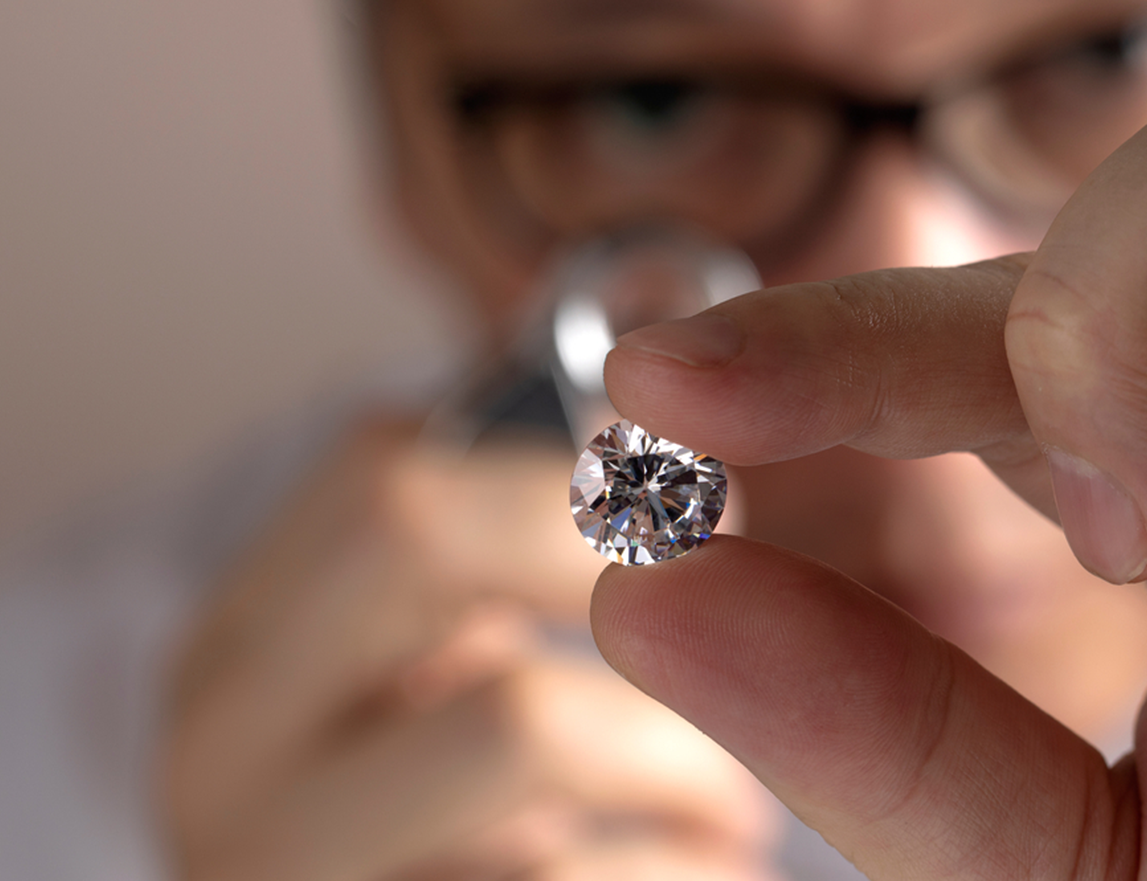
Are lab-grown diamonds cheaper than real diamonds?
Yes, lab-grown diamonds are cheaper than natural diamonds. Creating lab-grown diamonds requires fewer overheads than natural diamonds, making them cheaper to source. We’re happy to pass these savings on to you.
Lab diamonds vs. natural diamonds cost
As an example, a 1-carat solitaire diamond set in an 18K white gold band would cost around £7,340. This is based on VVS2 clarity, E colour rating and a very good cut.
The same ring with a lab-grown diamond would cost £1,202, representing a saving of £6,138! This makes lab-grown diamonds an excellent choice for anyone with a smaller budget.
Lab-grown and natural diamonds are almost identical in every way. Neither is better than the other. The only real difference is lab-grown diamonds are created in a lab, while natural diamonds are created within the earth. The type of diamond you choose is a very personal decision and it’s ultimately down to you.
If you need any more help or advice on choosing the best type of diamond for your engagement ring or jewellery, please get in touch and one of our experts will be happy to help.
You May Also Like

How to clean a diamond engagement ring
We all want to maintain that fresh-out-the-box shine and sparkle with ...
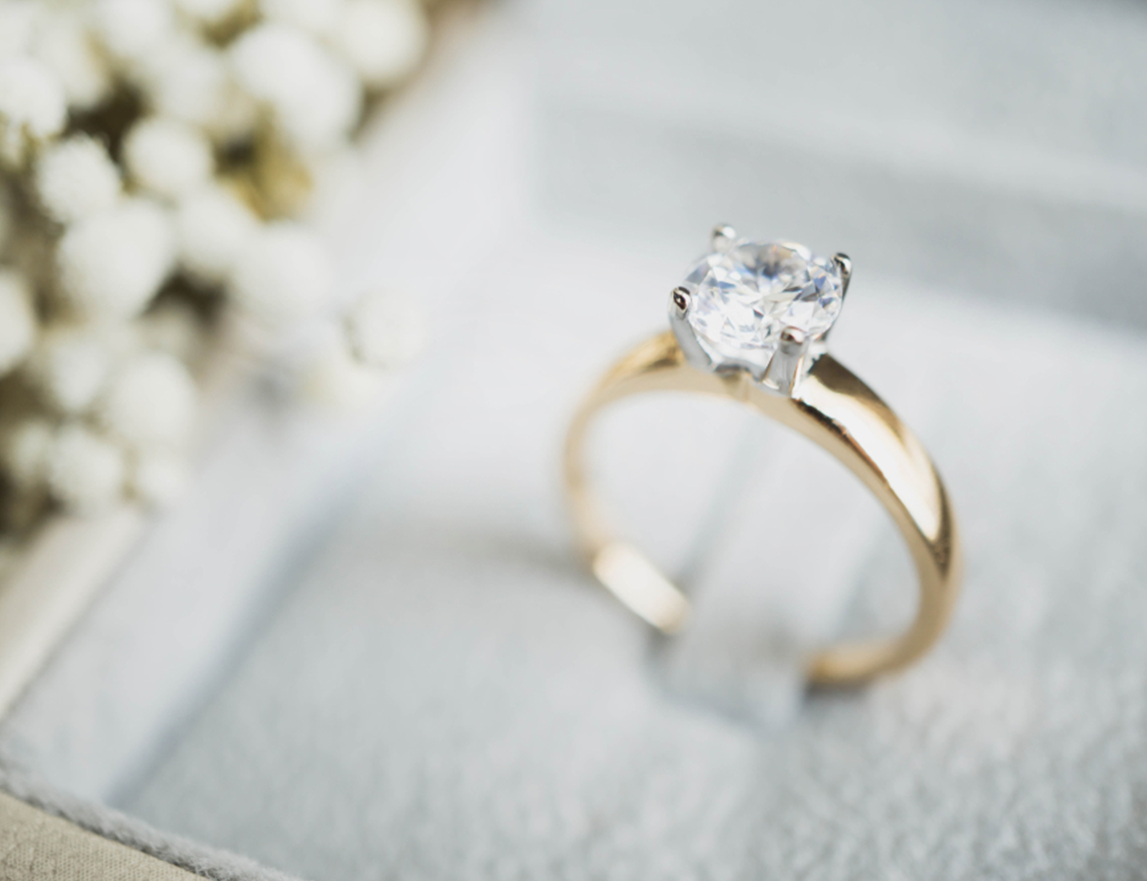
How to choose an engagement ring
Finding the perfect diamond engagement ring to propose to your partner ...
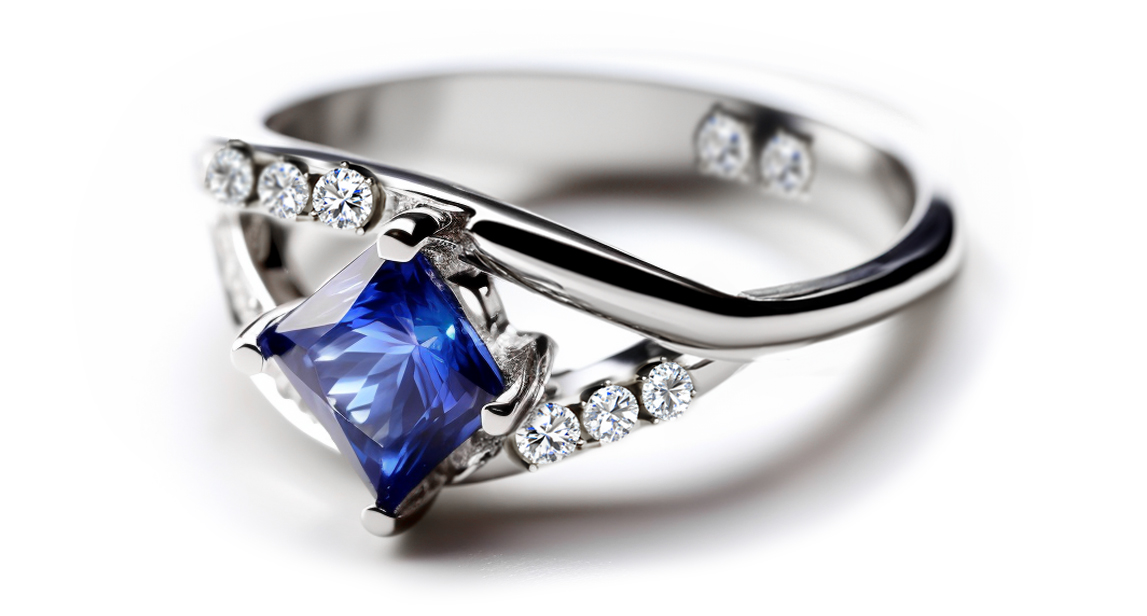
Princess Diana's engagement ring reimagined
The Crown is entering its final season and is bowing out with a series ...
